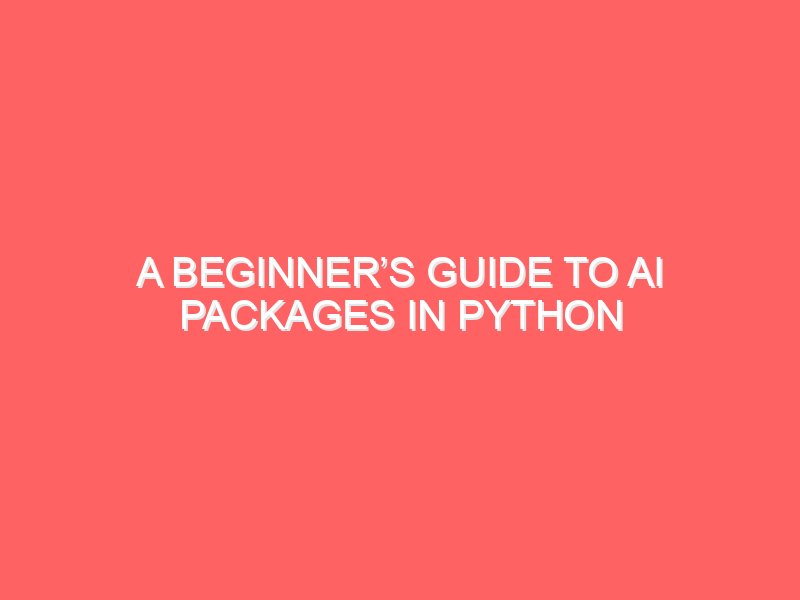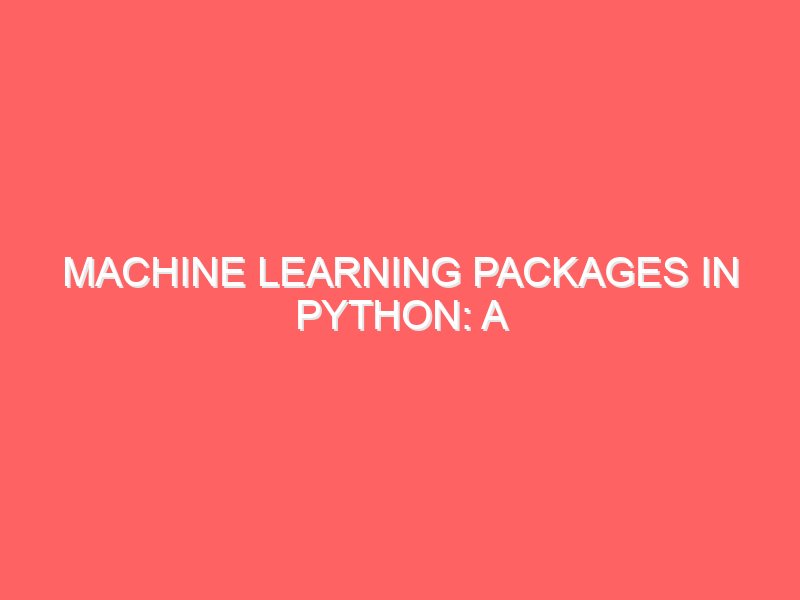Pandas in Python: Tutorial
Welcome to our comprehensive guide on Pandas, the Python library that has revolutionized data analysis and manipulation. If you’re diving into the world of data science, you’ll quickly realize that Pandas is your best friend. This guide will walk you through everything you need to know about Pandas, from the basics to advanced functionalities, in a friendly and conversational tone. So, grab a cup of coffee and let’s get started! What is Pandas? Pandas is an open-source data manipulation and analysis library for Python. It provides data structures and functions needed to work on structured data seamlessly. The most important aspects of Pandas are its two primary data structures: Think of Pandas as Excel for Python, but much more powerful and flexible. Installing Pandas Before we dive into the functionalities, let’s ensure you have Pandas installed. You can install it using pip: Or if you’re using Anaconda, you can install it via: Now, let’s dive into the magical world of Pandas! Getting Started with Pandas First, let’s import Pandas and other essential libraries: Creating a Series A Series is like a column in a table. It’s a one-dimensional array holding data of any type. Here’s how you can create a Series: Creating a DataFrame A DataFrame is like a table in a database. It is a two-dimensional data structure with labeled axes (rows and columns). Here’s how to create a DataFrame: Reading Data with Pandas One of the most common tasks in data manipulation is reading data from various sources. Pandas supports multiple file formats, including CSV, Excel, SQL, and more. Reading a CSV File Reading an Excel File Reading a SQL Database DataFrame Operations Once you have your data in a DataFrame, you can perform a variety of operations to manipulate and analyze it. Viewing Data Pandas provides several functions to view your data: Selecting Data Selecting data in Pandas can be done in multiple ways. Here are some examples: Filtering Data Filtering data based on conditions is straightforward with Pandas: Adding and Removing Columns You can easily add or remove columns in a DataFrame: Handling Missing Data Missing data is a common issue in real-world datasets. Pandas provides several functions to handle missing data: Grouping and Aggregating Data Pandas makes it easy to group and aggregate data. This is useful for summarizing and analyzing large datasets. Grouping Data Aggregating Data Pandas provides several aggregation functions, such as sum(), mean(), count(), and more. Merging and Joining DataFrames In many cases, you need to combine data from different sources. Pandas provides powerful functions to merge and join DataFrames. Merging DataFrames Joining DataFrames Joining is a convenient method for combining DataFrames based on their indexes. Advanced Pandas Functionality Let’s delve into some advanced features of Pandas that make it incredibly powerful. Pivot Tables Pivot tables are used to summarize and aggregate data. They are particularly useful for reporting and data analysis. Time Series Analysis Pandas provides robust support for time series data. Applying Functions Pandas allows you to apply custom functions to DataFrames, making data manipulation highly flexible. Conclusion Congratulations! You’ve made it through our comprehensive guide to Pandas. We’ve covered everything from the basics of creating Series and DataFrames, to advanced functionalities like pivot tables and time series analysis. Pandas is an incredibly powerful tool that can simplify and enhance your data manipulation tasks, making it a must-have in any data scientist’s toolkit. Remember, the key to mastering Pandas is practice. Experiment with different datasets, try out various functions, and don’t be afraid to explore the extensive Pandas documentation for more in-depth information. Happy coding, and may your data always be clean and insightful!
Pandas in Python: Tutorial Read More »





